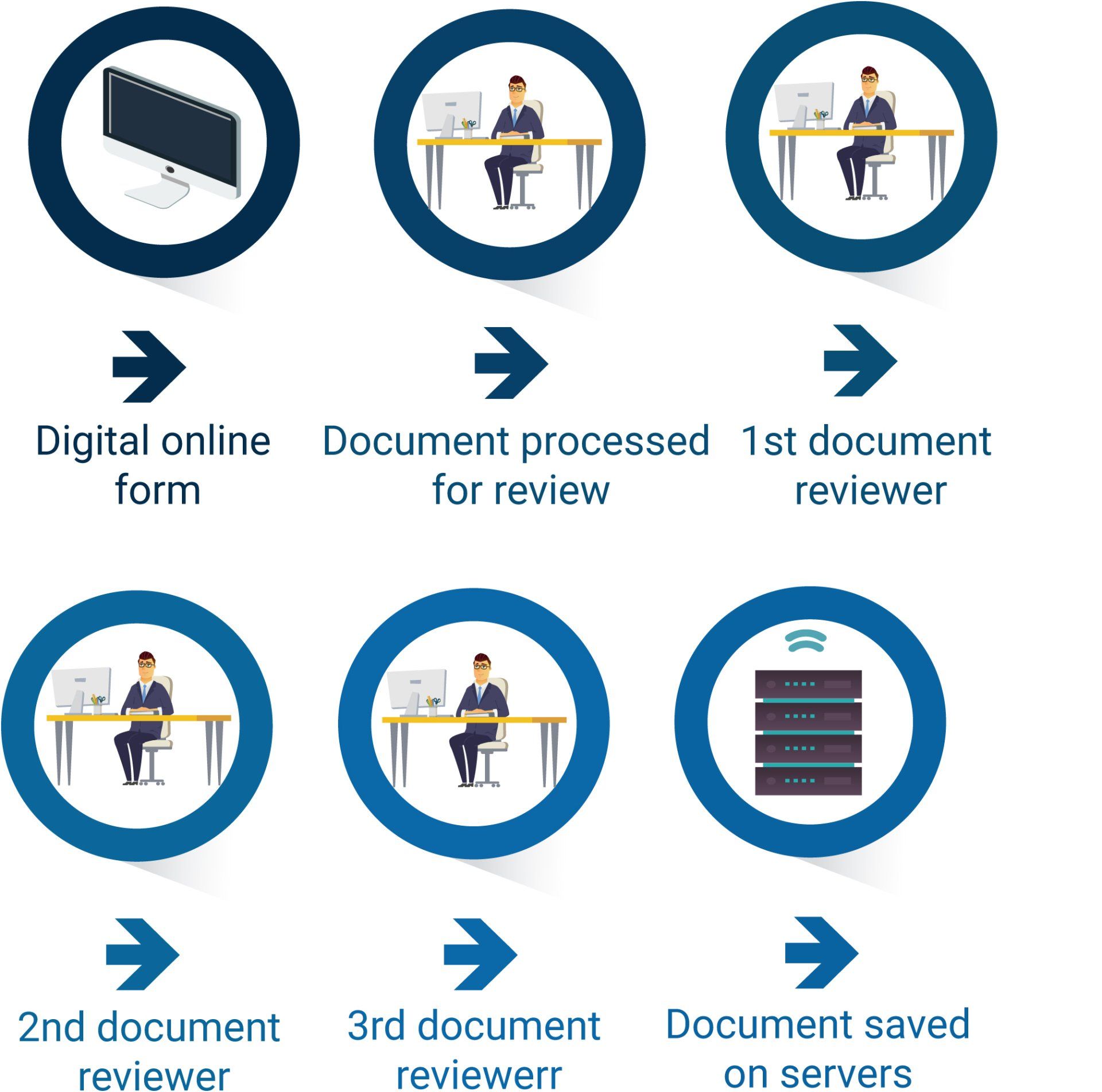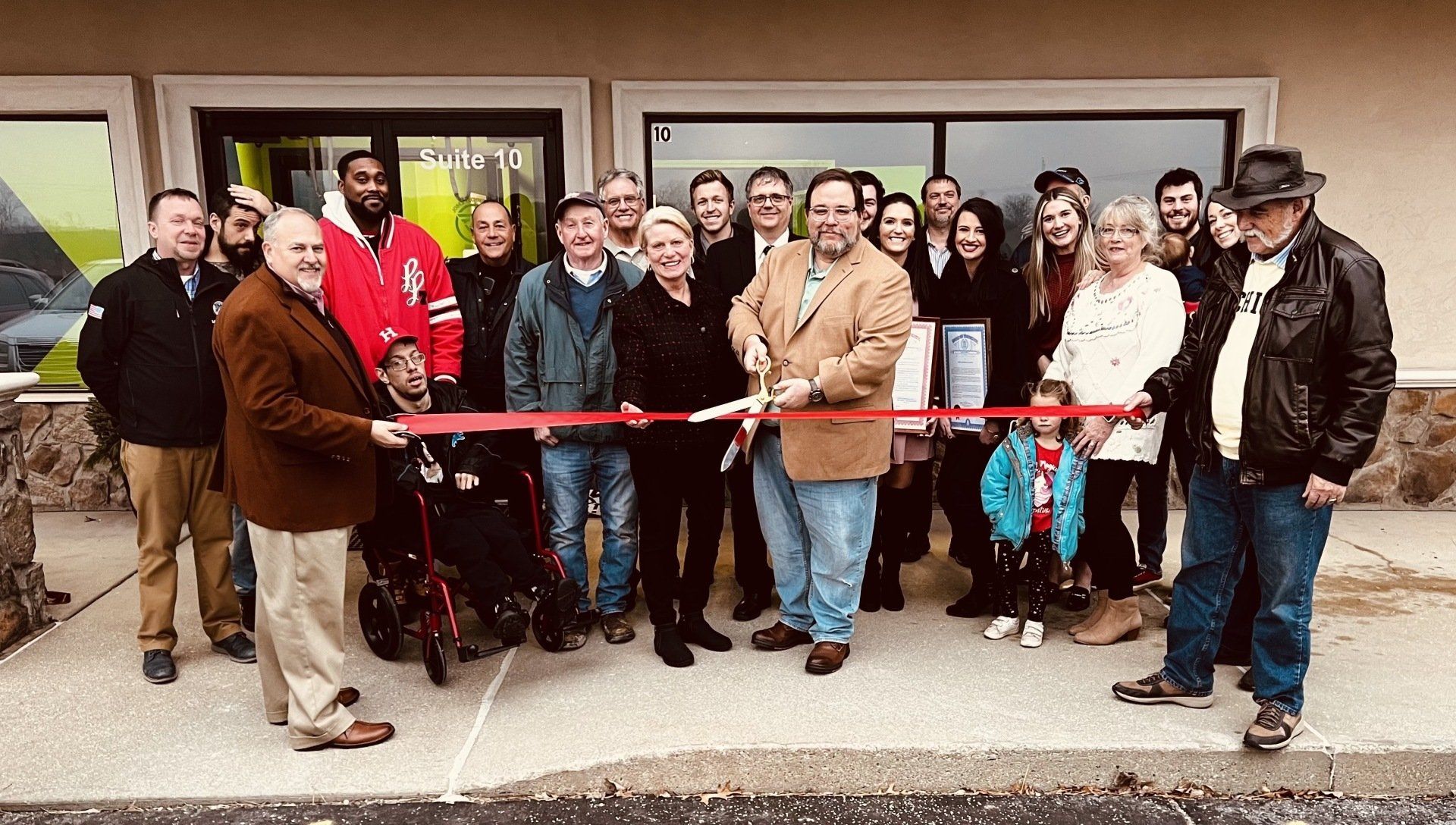The Pursuit Of A Paperless Office
Ellen Warren • October 16, 2019
The Paperless Office
Some of us in the business and IT world would like to believe we’ve created a paper-free environment and indeed, we’ve had some success with that. There are many reasons, however, why we’ve only seen the tip of the iceberg when it comes to going paperless. One reason is due to a common misconception: the belief that the cost of going paperless outweighs the benefits. Many wrongly believe that going paperless is pure cost. Why fix it if it isn’t broken? The reality is that, whether we know it or not, the system is already broken. Yes, moving to a paperless system does cost money, but staying with a paper-based system costs even more. Fortunately for businesses with this mindset, the cost of digitizing paper and related processes has gone down, while the benefits have increased with the maturation of technology.
The Real Cost of Paper
Some managers think the cost of going paperless is out of reach. What these individuals fail to do is correctly calculate the cost of not going paperless. Working with paper costs money. “It can’t be that much,” some might say. After all, paper is cheap and plentiful. But the true cost of a paper-based system doesn’t come from the paper itself. The Paperless Project’s extensive analysis sheds light on the staggering cost of paper processes:
● The labor cost of maintaining a standard filing cabinet adds up to $1,500/year
● The average cost to file a document is $20
● The average cost for a misfiled document is $125
● The typical cost to the business for a lost document ranges between a staggering $350 - $700
Why are these costs so high? Your typical employee looking for a paper document spends 18 minutes searching for just that one document. Document location is a task that should take less than a minute with a properly implemented electronic document management system. And when considering the true cost of paper, don’t forget to factor in paper’s innate risk of becoming lost or accidentally destroyed. A spilled cup of coffee can mean significant expense when you begin to factor in compliance costs. It can lead to both a legal nightmare and a financial burden.
The Culture of Paper
The Paperless Project reports that 70 - 80% of organizational processes are managed via paper. This statistic speaks to the challenge of both getting management on board with a paperless initiative and adopting it once it is in place. Let’s face it, some of us simply prefer the look and feel of working with paper – something of substance. Removing this staple of business can pull us out of our comfort zone, which rings especially true for those of us who are not “technology” oriented. In addition, every organization is structured differently, with a unique set of concerns and requirements that impact the process of going paperless. What works for organization A may not work for organization B. This goes beyond just concerning ourselves with the physical process of going paperless but also factoring in the organization’s unique culture and the personalities involved. In essence, for organizational change to be successful, it must be elicited rather than forced. The paperless process requires a facilitator rather than a dictator.
After being involved in dozens of “paperless” projects at Jobes Tech, we understand the importance of change management, and our staff has facilitated digital transformation in a wide range of industries and company profiles. We strongly recommend consistent user involvement through the design process because we believe it ensures a solid buy-in for the final product. When possible, we also demonstrate as we develop to avoid the shock that may come with a “Big Reveal.” Most importantly, we design solutions that are easy-to-use and improve employee quality of life. We help your staff understand the WHY behind changes and how they benefit from them. This leads to a high adoption rate which in turn leads to a higher business ROI.
Now is the Right Time to go Paperless
There is a growing trend, common in both public and private sectors, that is bringing the paperless office back into the spotlight. Constituents, customers, and corporate board members alike are pushing for better alternatives to paper or alternatives to storing paper documents. Frequently, we see enterprise mandates to research and implement more sustainable business practices. Key amongst these initiatives is the reduction or removal of paper and plastics in products, packaging, and back-office processing.
As business and IT professionals, we should look at such mandates as opportunities. Digitizing our paper-based processes presents a win-win scenario with green initiates where we can improve both sustainability and the bottom line. Those struggling to get executive buy-in on their digital transformation projects may finally get the attention they need. Jobes Tech can help transform manual paper processes into automated or semi-automated digital processes. We can provide up-front analysis to find low-hanging fruit to get the initiative off the ground. What would it take for you to make the change to a paperless system?
Contact us today and let us know how we can help you be more successful making the switch to a paperless office!
Call 1-888-370-5874
or email us at info@jobestech.com

Law Offices around the country are being flooded with notice intake forms. This has led to large backlogs with important notices being delayed and increases in rework. How do attorneys scale to handle this influx of business? By implementing automation for notice intake forms, we open your business to downstream automation.

Looking for a way to reduce the time and effort it takes to complete time-consuming and repetitive frustrated tasks? At the heart of these improvements are cutting-edge technologies such as robotic process automation (RPA), a process automation technology that can free up employees to focus on higher-value work by automating routine business processes and workflows using software robots.

Automation is now changing how organizations operate using advances in technology to optimize processes, personalize customer experiences and enhance decision making. One way to do this is by utilizing automation tools and applying them to existing workflows that are typically manual or paper based.

Automation can be described as utilizing technology to not only digitize, but also automate document-centric workflows managing your enterprise's content from creation to storage. Upon intake or creation, records are stored securely so they can be easily referenced by those who need them and impossible to reach by those without access. ..











